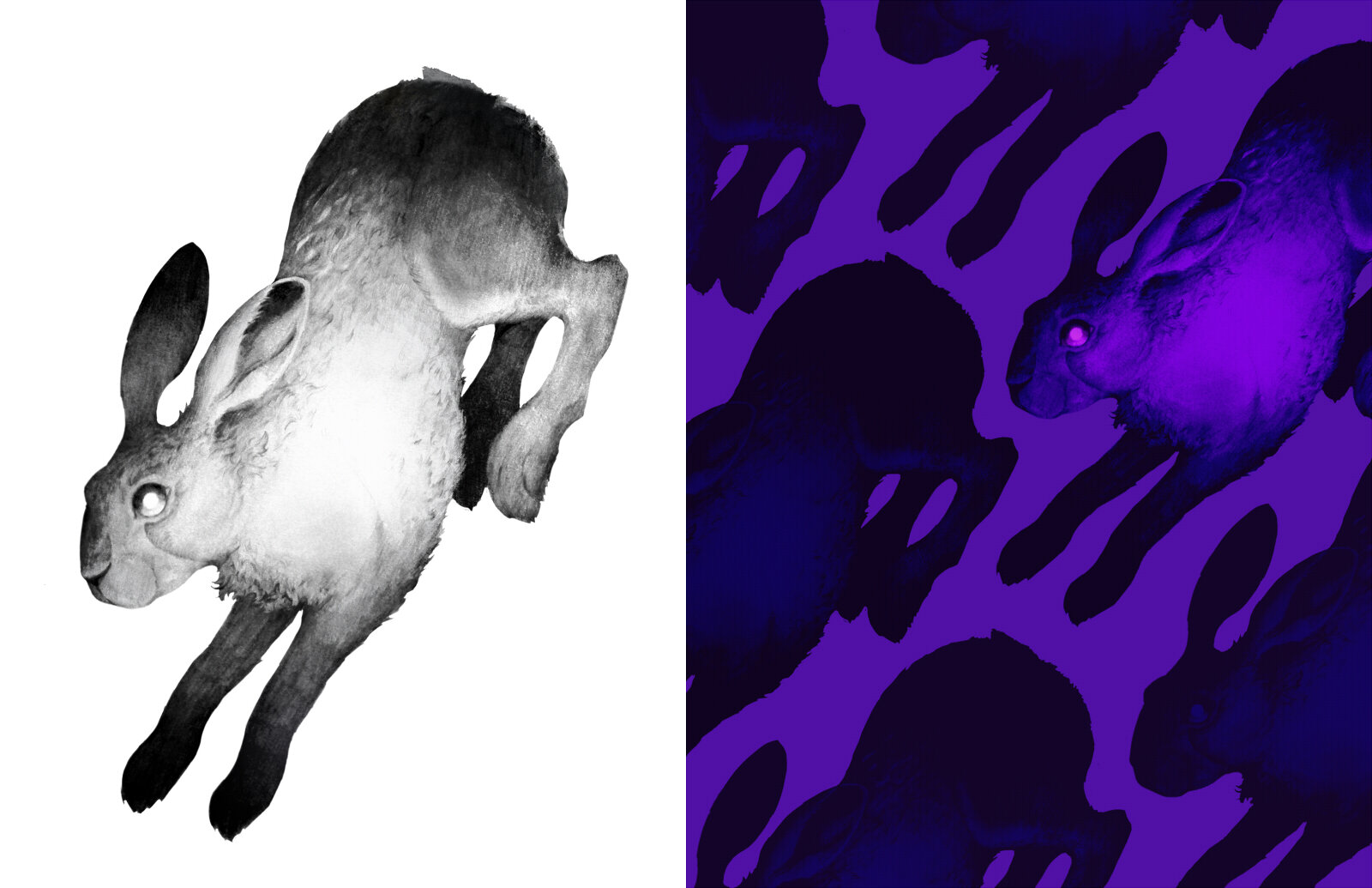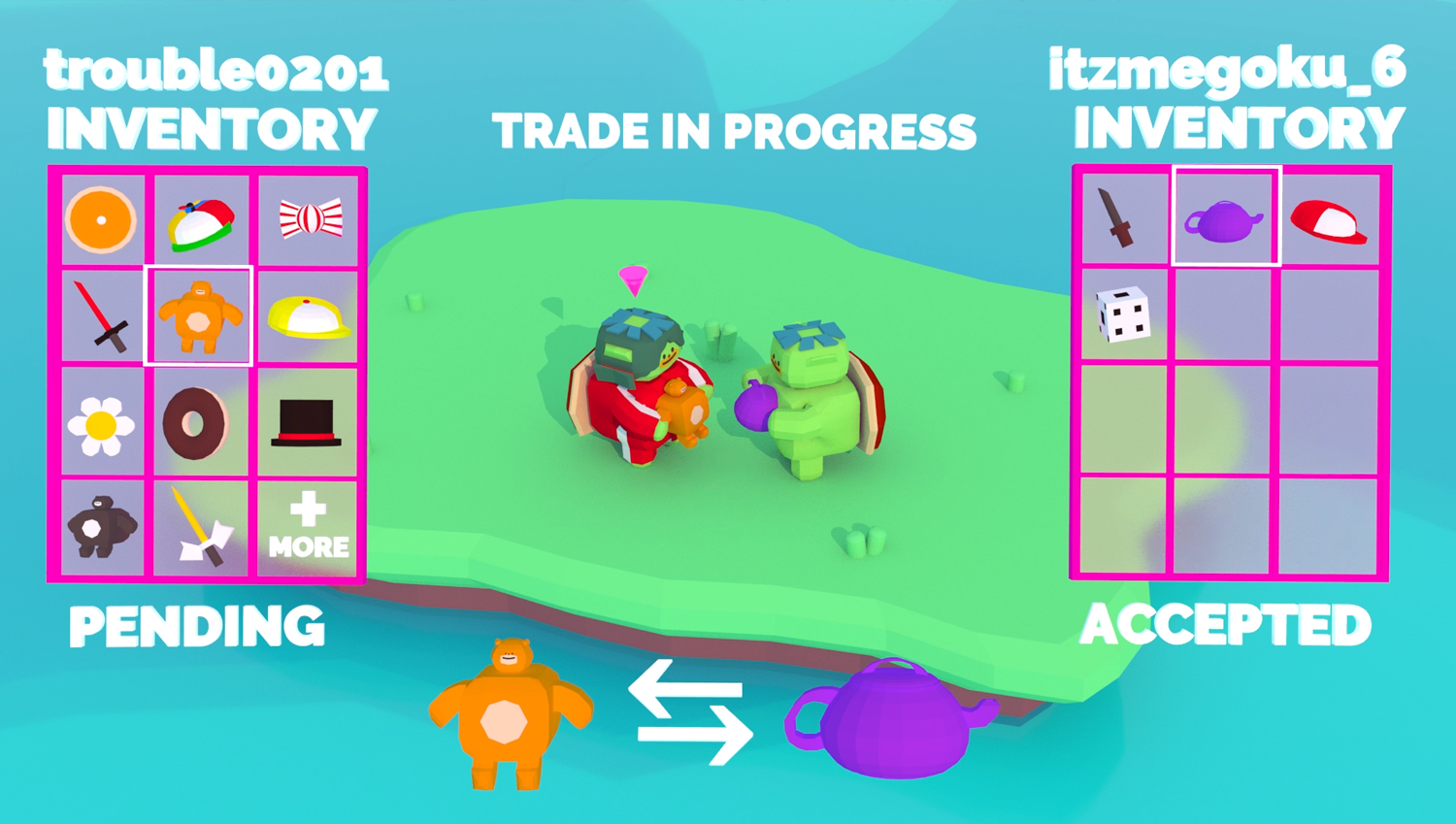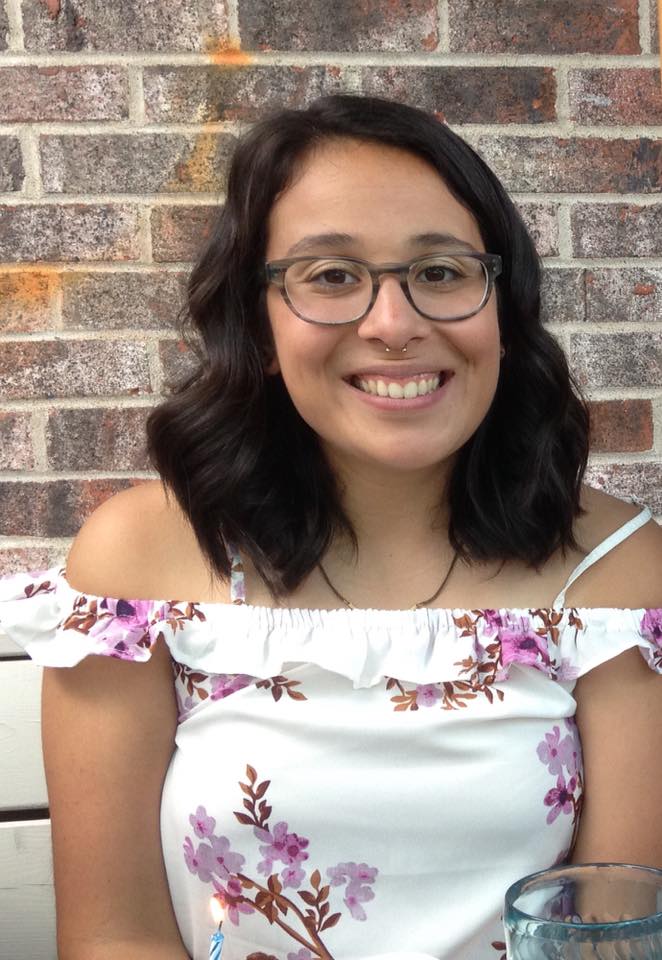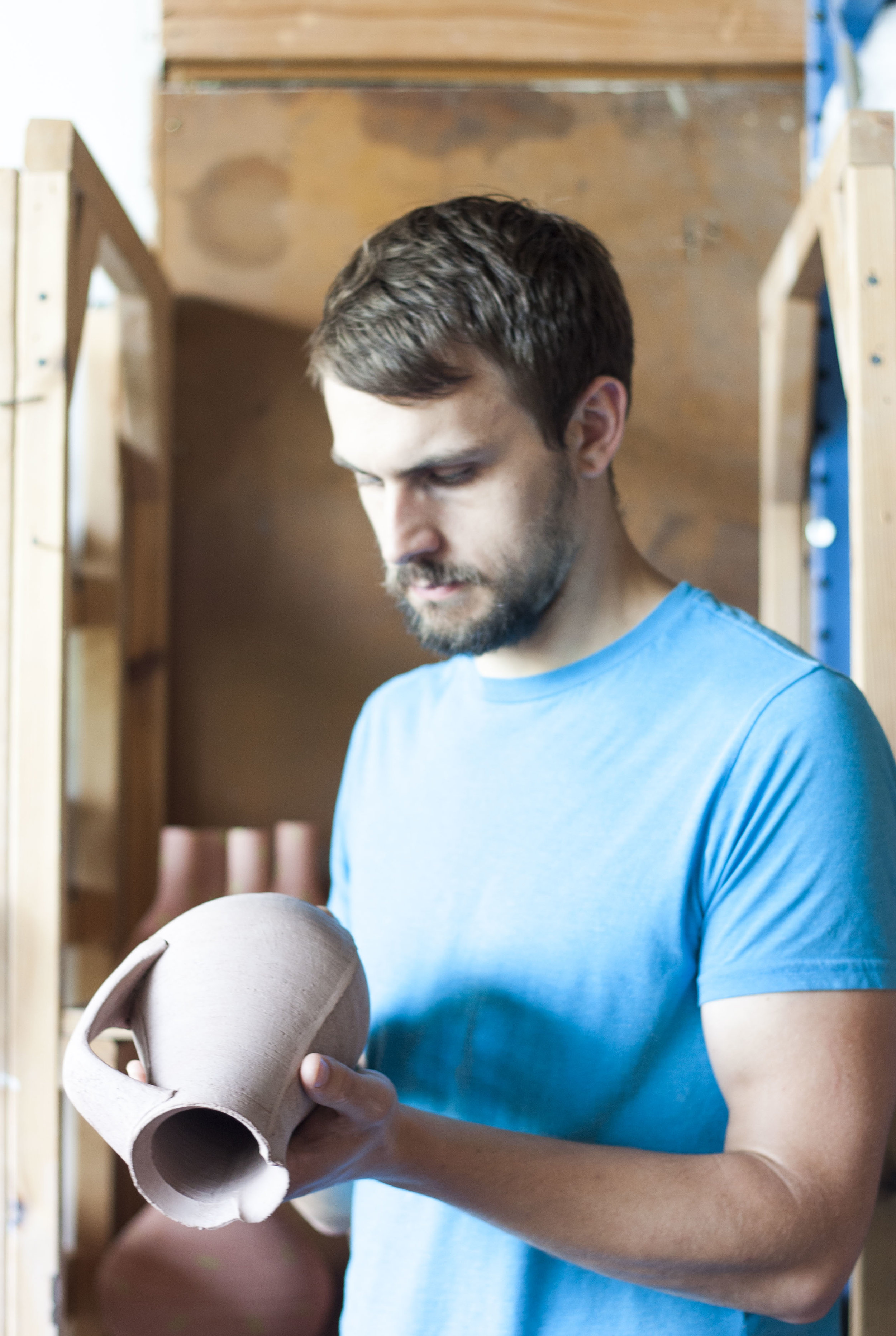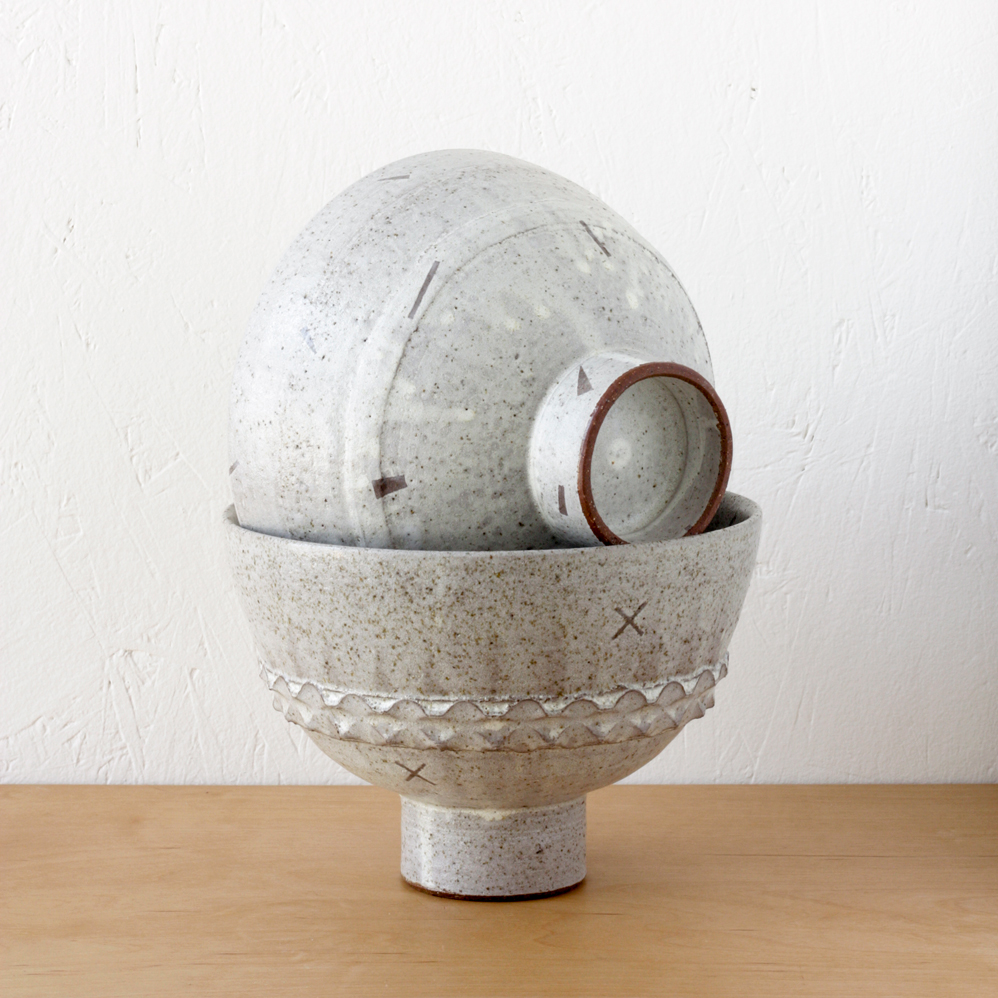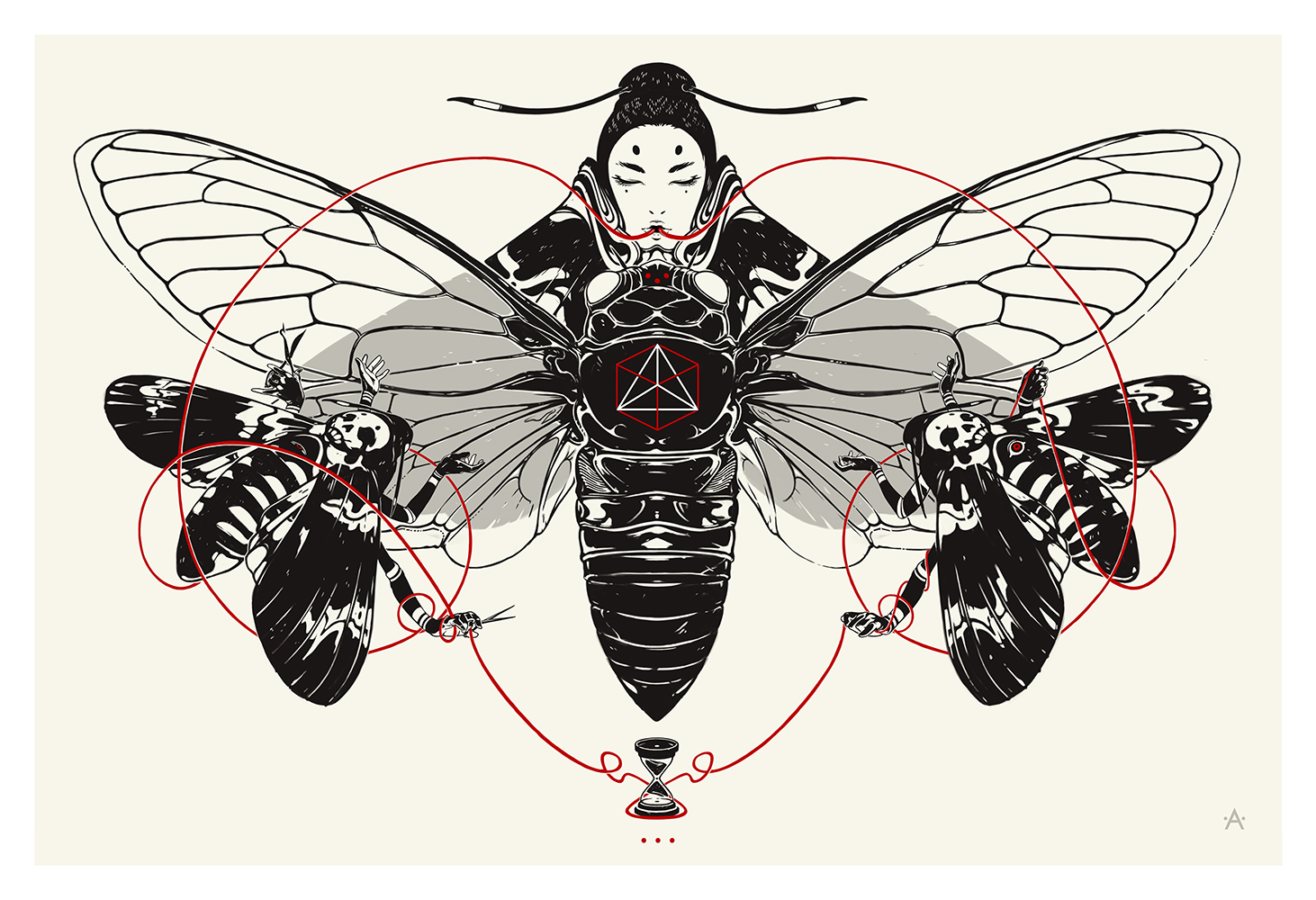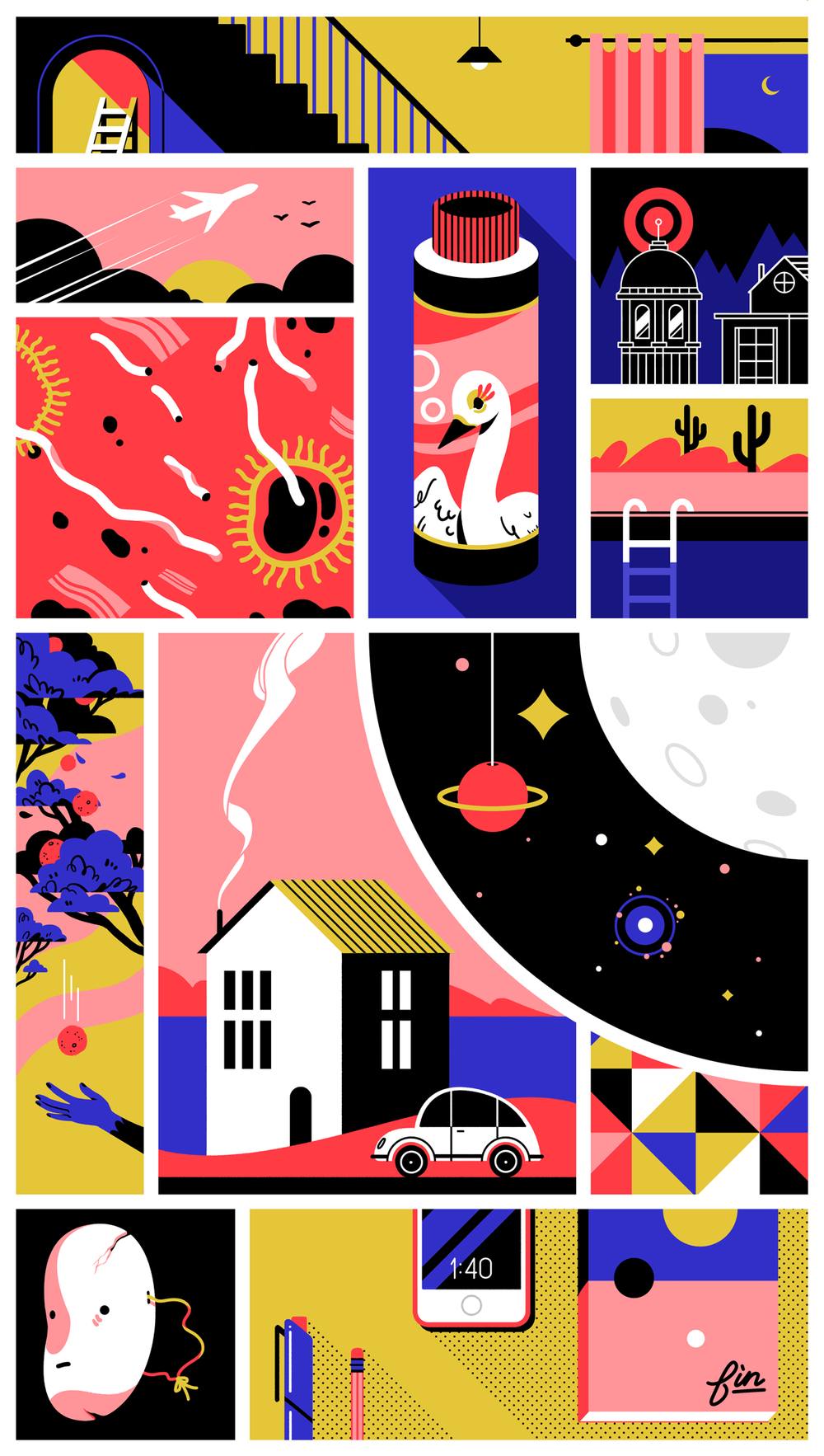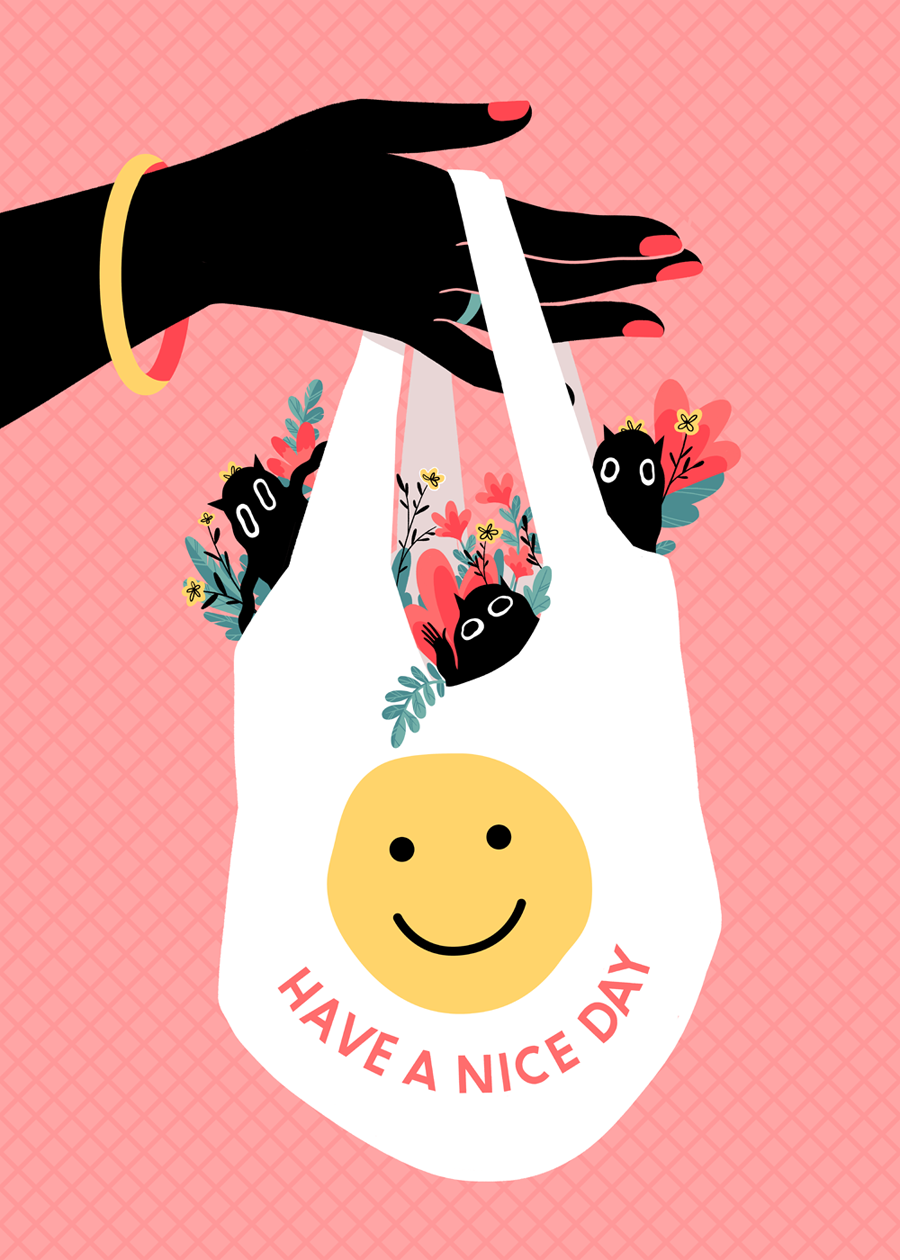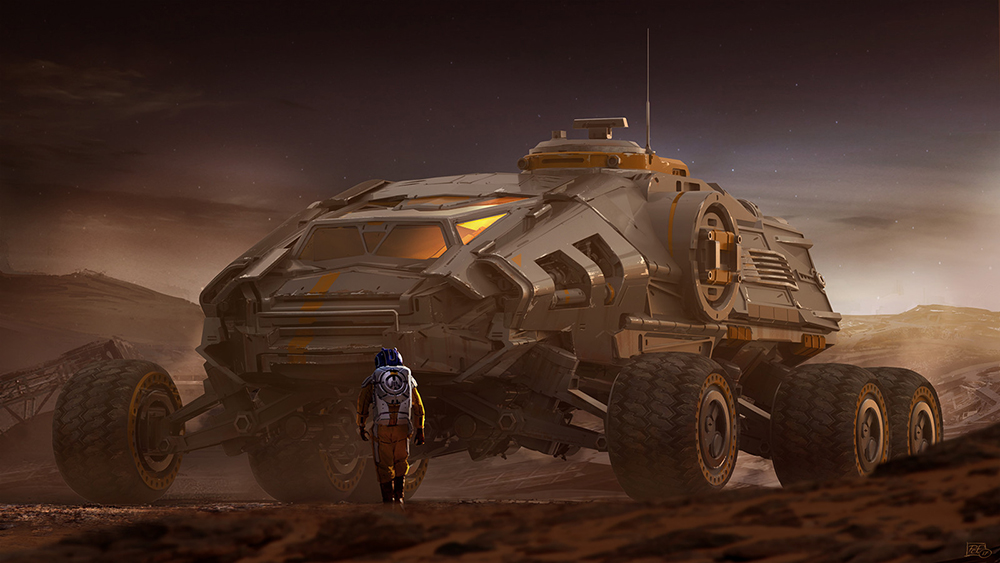In May, Light Grey Art Lab launched the virtual exhibition Senior Show 2020 to showcase the incredible work of 2020 graduates! This project is a celebration of emerging artists and giving them a warm welcome into the creative community. Through the generosity of this community, hundreds of grads have been provided with resources, connections, gifts, and more to give them a boost during these uncertain times. Take a peek at the amazing breadth of work featured in the show!
Meet Chelsea Chung, one of the participating artists of Senior Show 2020. Chelsea recently received her BA in Art from the University of California Santa Barbara’s College of Creative Studies, as well as a BS in Paleobiology. She is an illustrator and game developer interested in horror, romance, and existentialism–ideally all at the same time, but sometimes not! You can find more of her work here.
“Hour of Emergence”, your thesis project, deals with themes of changing identity and things that are out of one’s control. Can you talk about what interests you about these themes?
I’m the type of artist that can’t separate themselves from their work, or at least not entirely. Lately, I’ve realized that a lot of my concepts have to do with the idea of escaping the inevitable– do people run away, fight back, accept their circumstances, or fundamentally change? I often wonder about how different types of people might react when they’re desperate. So it’s not as much “interest” as it is a compulsion.
Can you describe the journey to becoming the artist you are today?
I followed in the footsteps of many artists, which was non-stop fanart until I was able to become interested in my own original art thanks to the horror genre, which seriously came out of nowhere. I started training seriously in college and experimented a ton until I realized that I enjoyed games the most. Illustration also comes very naturally to me. Since my university didn’t offer extensive art education specifically for entertainment or commercial arts, it was a lot of fumbling to teach myself technical skills. Today, I’m a messy jumble of games, cutesy or romantic stuff, and horror. My never-ending journey is figuring out how to make my body of work less Frankensteinian.
Who and what are your current inspirations in media? Movies, books, other artists, music, video games, etc?
I think what completely encompasses the kinds of stories I’d love to make is Swiss Army Man. It’s known as the farting zombie movie, but it also has a message about loving yourself and letting yourself love in the face of death. And all three apply to a zombie. It’s great! I tend to like my media bleak, but not nihilistic. I feel like that’s an important distinction, especially now.
Other than that, I consume horror podcasts or movies pretty much every day. I’m also always keeping up with the work of contemporary artists. Asumiko Nakamura, João Ruas, Sam Wolfe Connelly, more game artists than I can count. Music is most important for my inspiration, however. I put whatever I need on repeat. Lately, it’s been a lot of BLOO’s It’s Not Love, I’m Just Drunk, then a mix of anything angsty, followed by R&B or K-pop to keep me going.
If you could do anything in the world, what would your artist dream job be? Or perhaps a dream project?
The job of my dreams is making earnest, meaningful games with people I trust and admire, as well as being involved in community-based efforts to improve the games industry to be safer, more diverse, and sustainable. In my dreams of dreams, I’d also be able to have personal projects and table at conventions to buy lots of merchandise and give lots of compliments! I’m not sure if it comes across in my work, but I’d also really love to work on a queer dating sim one day. (I’m available for a while now, just saying…)
What inspired your interest in developing games and visual development art?
I’ve always been playing games, thanks to my older brother, friends, and cousins. I didn’t consider the game industry as an option until I replayed Bastion by Supergiant Games as a freshman in college, and realized that this stunning game was made by a relatively tiny group of people. That was an “aha” moment that experiences like these were possible for me. Like, OK, this is my style. I paid a lot more attention to game development after that. I respect AAA games so much, but I might turn to dust in that kind of work environment.
What’s next for you? Or what do you hope is next? Do you have any projects planned or in the works?
Things are very uncertain now, but I’ll be applying to studios or day jobs, doing some serious art training, and working on a few games– both of my own and with other people. I just finished the first prototype for a tabletop game about a highschool occult club, so I’ll keep the ball rolling with more projects, spooky or not. If I don’t deliver, you can personally come for me! Really!
Is there anything else you would like to share?
To LGAL, thank you for this opportunity! To sponsoring artists including my own, thank you for supporting us! To my fellow graduates, we got this! Let’s take care of each other, and fight for each other. I’m terrible with social media but you can find me on Twitter to keep up with what I’m up to.
Thanks Chelsea! We wish you luck with your future endeavors!
You can find more of Chelsea’s work on her website.
To see more senior thesis projects, check out Senior Show 2020!



